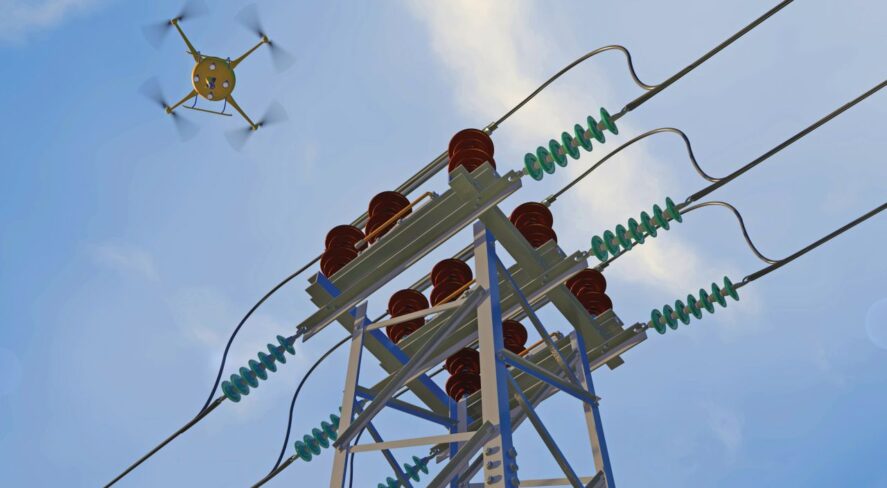Following Recent Incidents, U.S. House of Representatives Examines Counterdrone Protections

Top security industry takeaways from House Homeland Security Committee Hearing “Safeguarding the Homeland From Unmanned Aerial Systems”
On Dec. 10, 2024, the House Homeland Security Committee held a joint hearing by the Subcommittee on Counterterrorism, Law Enforcement, and Intelligence and Subcommittee on Transportation and Maritime Security entitled “Safeguarding the Homeland from Unmanned Aerial Systems.” The Security Industry Association (SIA) is encouraged to see congressional leadership and attention to this rising threat. Lawmakers expressed concern over recent incidents involving unknown drones over sensitive sites in New Jersey, reports of over 45,000 detections of drone activity along the southern border and the growing risk to critical infrastructure sites. Just a day before the hearing, federal police arrested a Chinese national on suspicion of flying a drone to take photographs over a U.S. Space Force base in the latest in a series of incidents of unauthorized drone sightings above U.S. military infrastructure.
As these incidents become more dangerous and more common, it is critical that counter-uncrewed aircraft system (counter-UAS) authorities be expanded to state and local law enforcement agencies so that they can use safe and readily available technology tools to protect sites that are unable to be covered by federal agencies. Witnesses from the U.S. Department of Justice called on Congress to authorize all state, local, territorial and tribal law enforcement, as well as the owners or operators of airports or critical infrastructure to use federally vetted UAS detection-only capabilities, as “the demand for protection across the country from UAS-based threats greatly exceeds the federal government’s capacity.”
In his opening statement, Subcommittee on Counterterrorism, Law Enforcement, and Intelligence Chair August Pfluger (R-Texas) noted that it is imperative that Congress not only extend the current counter-UAS authorities that expire on Dec. 20, 2024, but also “work together to responsibly reform the current legal authorities that provide federal agencies with critical tools to mitigate credible threats posed by UAS.”
Witnesses also addressed privacy concerns in the hearing. When explaining why the privacy interest for counter-UAS activities is limited, Brad Wiegmann, deputy assistant attorney general for national security and the U.S. Department of Justice, stated that “the types of signals that we are getting are the same types of information that is actually required to be broadcast, that anyone can pick up […] because it’s really just about the communications between the drone and the controller.”
As the Security Industry Association (SIA) has addressed in the past, there has often been confusion on the privacy impact of counter-UAS technologies stemming from the technical relief needed under existing laws, however counterdrone technology is not surveilling citizens or accessing their private information.
Congress has several bipartisan pieces of legislation that extend and expand counter-UAS authorities, such as H.R. 8610, a counter-UAS authorities measure that included input from the three committees of jurisdiction, and Senate Amendment 3233, coordinated between the Homeland Security and Government Affairs, Judiciary and Commerce, Justice and Science committees, to extend and expand counter-UAS authorities under the Preventing Emerging Threats Act.
SIA supports congressional action to extend current counter-UAS authorities before they expire on December 20, 2024, and in a recent letter to House and Senate leadership, the SIA Counter-UAS Working Group urged lawmakers to continue the bipartisan, bicameral work that has already been done and complete expanded counter-UAS reauthorization so that law enforcement agencies, critical infrastructure operators, and public venues get access to these essential technologies to detect the presence of hostile unmanned systems with enough time to take appropriate steps for public safety.
